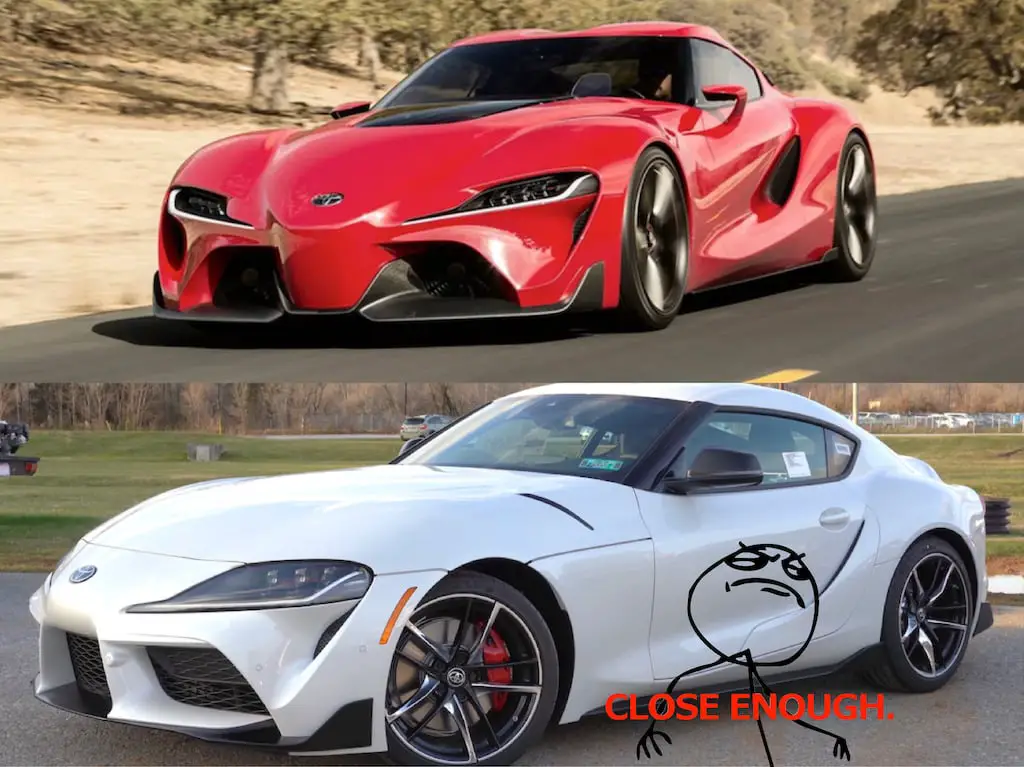The current generation Toyota Supra, or, should I say, BMW Z4 coupé, has been on the market for about three years now. And while some in the car enthusiast community may have warmed up to the car, many others haven’t, myself included.
As a result, it has been a sales flop compared to other entrants into the U.S. sporty car market of the last few years, notably the Ford Focus ST and Focus RS.
This flop is not without reason, and with proper product guidance from management and better planning, it could’ve all been avoided.
To understand why, let’s take a look at the decisions made in developing the Toyota Supra that condemned it to the become the automotive flop we see today.
Table of Contents
At first, it was off to a good start…
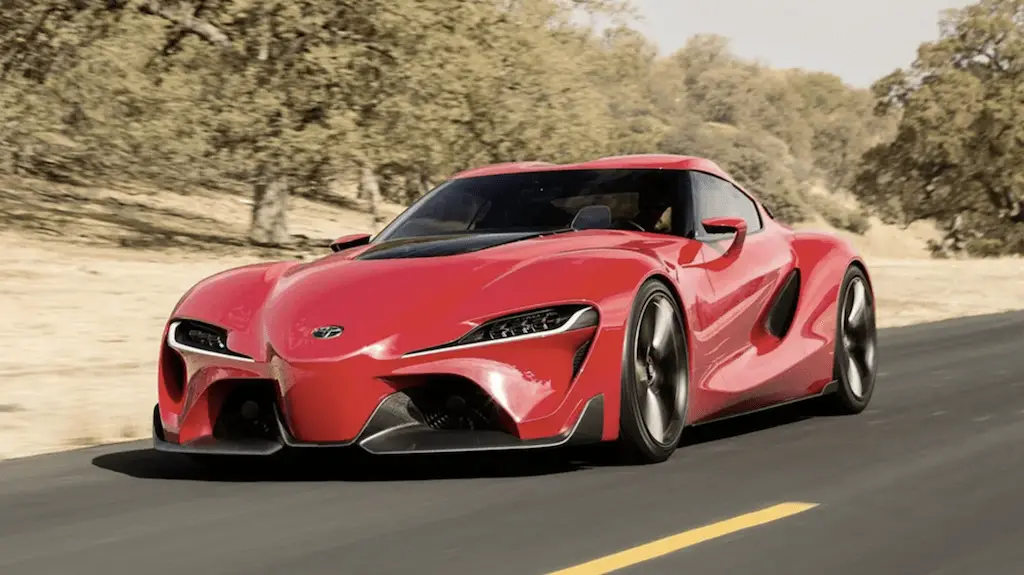
The Supra revival was off to a good start at first. Dropping the FT-1 concept which previewed the upcoming car’s design in January 2014? Absolutely perfect timing.
The Supra’s biggest competitor in the 1990s, the Nissan Skyline GT-R, was just starting to become legal to import into the U.S. under the infamous 25 year rule. This was increasing interest not only in Skylines, but in other Japanese Domestic Market Sports Cars as well, like the Supra.
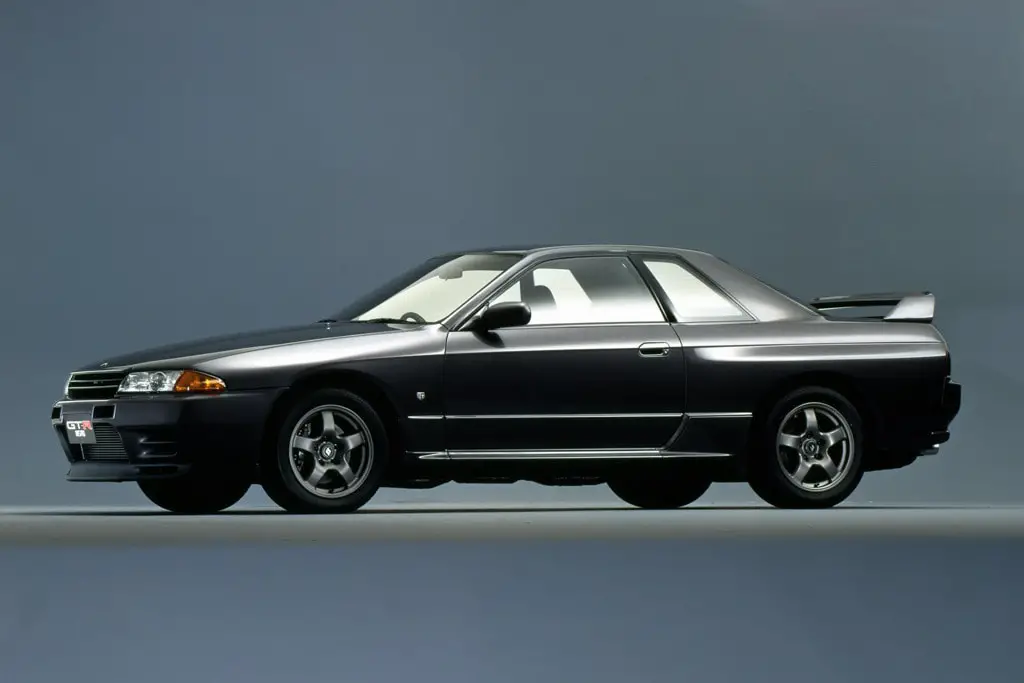
Secondly, social media was really taking off at this point, and the car community was no exception. 1000, 2000, even 3000 horsepower PLUS Toyota Supras were fast becoming common clickbait to generate hits on YouTube searches.
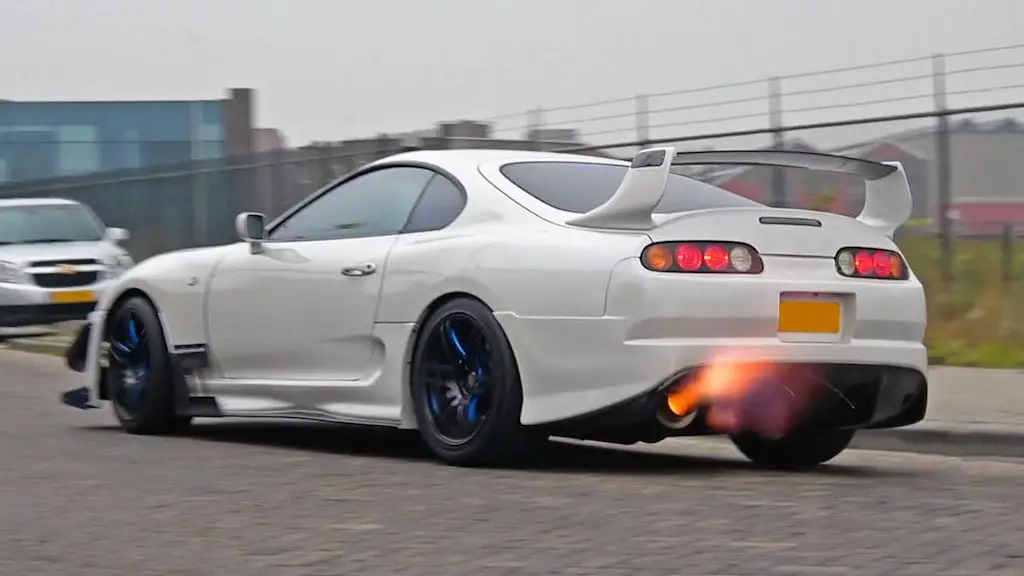
Thirdly, the Fast and Furious film franchise was in the midst of transitioning from a small series of niche tuner subculture films to a massive multibillion dollar action film franchise. In the middle of this rising popularity, the franchise’s biggest face, Paul Walker, was killed in a car crash. The crash and its subsequent fallout quickly became a huge scandal. The resulting media frenzy resulted in all kinds of speculation and tabloid fodder, all of which was still going strong when the FT-1 concept dropped just 3 months after Walker’s death.
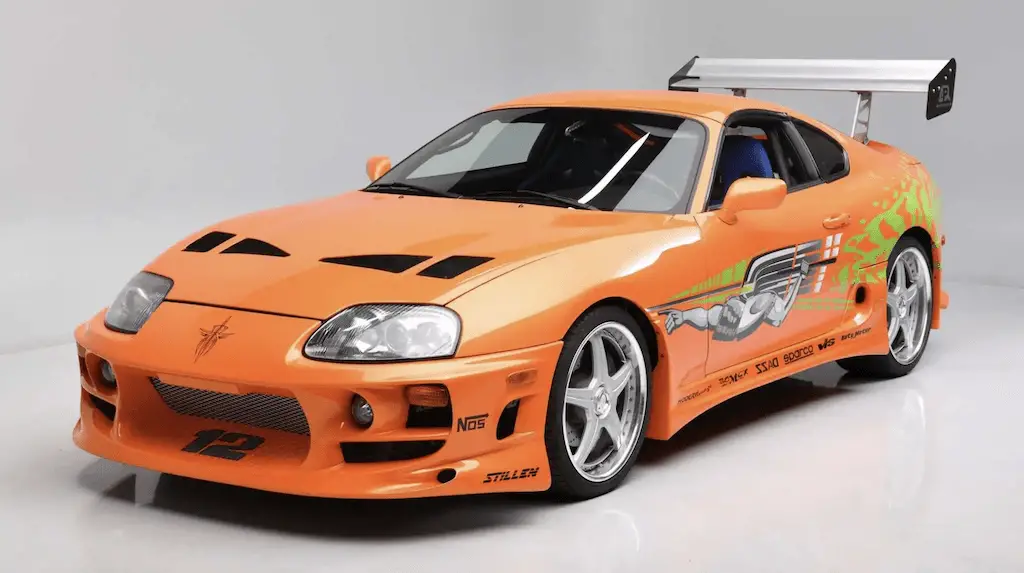
While Paul Walker was most commonly with Nissan Skyline GT-Rs (due mostly to the second and fourth movies), in the first movie, his car (and the film’s main plot device) was a modified, bright orange Toyota Supra. In his last film appearance too, the car his character was retired in was a white Toyota Supra; one that Walker had personally owned before his untimely death.
These events, combined, generated a lot of hype for the Toyota Supra, and Toyota’s timing of the FT-1 concept’s release smartly took advantage of that. The hype also made Furious 7 become the 4th highest grossing movie of all time at its peak. And the Supra nameplate was firmly in the spotlight to take advantage of the moment.
But then, Disappointment began to creep in
Unfortunately, after this point is where things started to go wrong. The hype train can’t go on forever, you have to match the hype with a product fans can go out and buy. And what did Toyota do? They waited FIVE YEARS between the concept car and initial production. In that time, you can go from fertilized egg to dirt bike riding kid!

Also, don’t expect much of an attention span from people. Social media trends and hype can wildly swing between chirping crickets and piranha frenzy within the span of months at longest, and weeks in many other cases. When the social media trends present such an opportunity, it must be seized, as these things cannot be predicted, yet will massively affect sales and profit.

While hype after that much time often dies down, the hype for the Toyota Supra was impressive, it kept going for 10 YEARS. If the botched development and release of Duke Nukem Forever taught us anything, it’s that having that much hype over that many years and a continually churning rumor mill, in order to succeed, the resulting product needs to be EVERYTHING AND MORE to not be a disappointment. Products have no leeway for flaws after this long. However, as the car came closer to launch date, the public learned the following details:
- The car was to be co-developed with BMW.
- The car would share its platform and engines with the current BMW Z4.
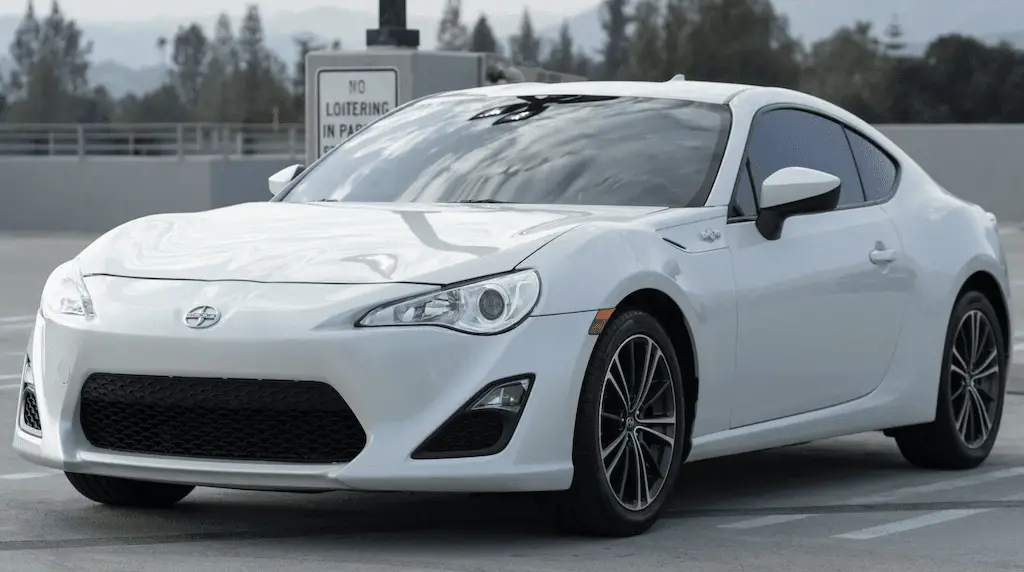
Already not ideal, but public opinion was still giving Toyota the benefit of the doubt. After all, Toyota had previous market success using this type of approach, specifically, their collaboration with Subaru to make the BRZ/FRS/GT86, and now, with the rebranding and new generation, the GR86.
Mistake #1: The production car was too different from the public’s expectations
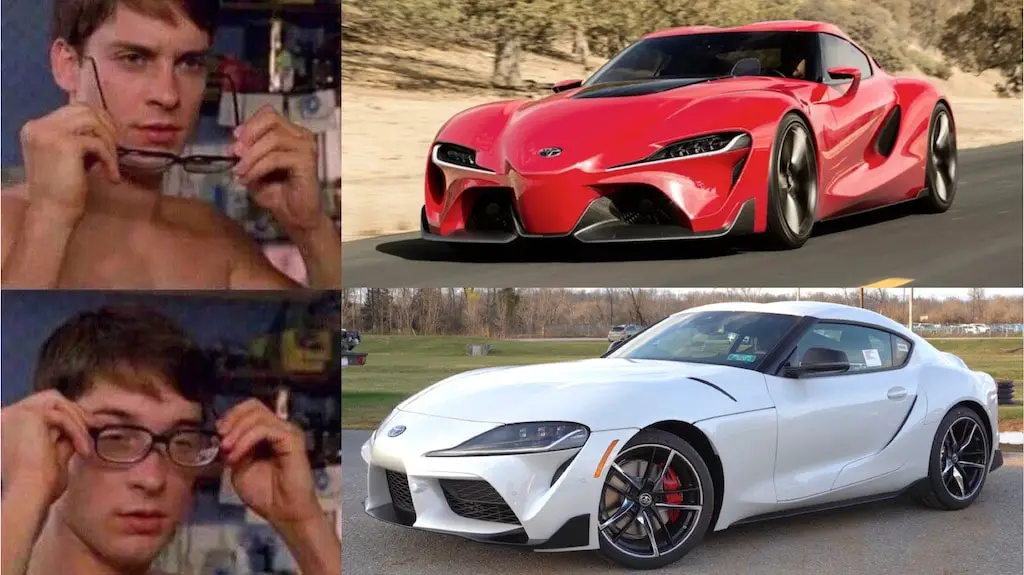
Naturally, Toyota expected a similar response to the new Supra. But when the production car was shown to the public, the proverbial excrement hit the fan for Toyota. The public HATED it. Why?
For one, the looks. The FT-1 Concept was sleek, low and aggressive looking. It looked like it was out there to dominate the road, and take on the Nissan GT-R head on. The production car? Not so much. It looks awkward, not aggressive, and bulbous. Almost like someone took the FT-1 and simply changed the aspect ratio in Photoshop, distortion be damned, and said “meh, close enough.”
Secondly has to be the blatant badge engineering job on display. To be hyped up for nearly a decade and presented with a bait-and-switch like this? Majorly disappointing. The engines? All BMW, and low powered compared to its historic nameplate competitors at that. The interior switchgear? Nothing felt Toyota, it was exclusively BMW. The factory where the successor to one of the most iconic Japanese cars would be produced? A BMW factory in Graz, Austria. The sound of music? More like the sound of disappointment.
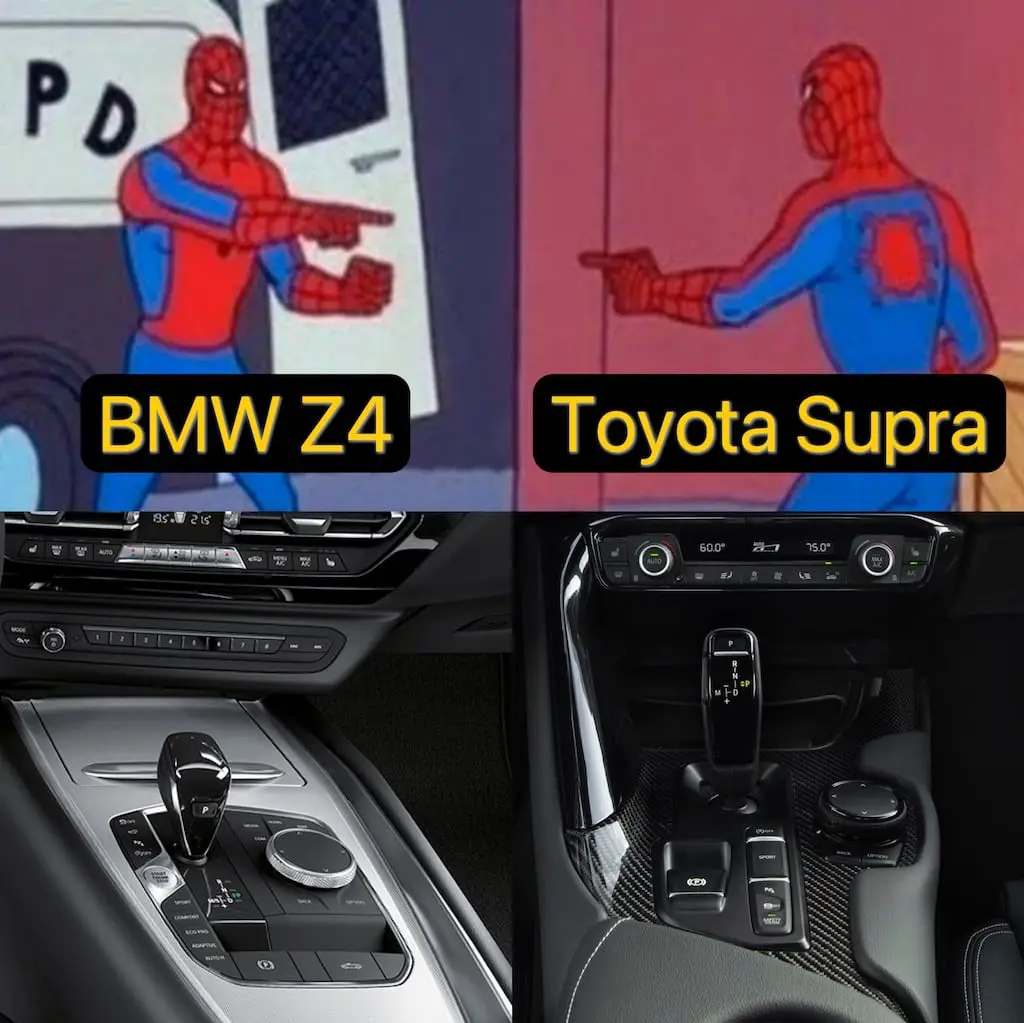
Thirdly, fans were hyped for over a decade that a true successor to their favorite JDM legend was coming. Toyota is regarded as the gold standard for reliability in the eyes of its fans. The hype for the new car in the community was HUGE! Meanwhile, BMW is known for being NOT reliable. Toyota strutting out a BMW in cosplay and calling it the new Supra? It’s easy to understand why many are turned off by the car, and don’t consider it to be a true Toyota worthy of the Supra name.
Lastly has to be the lack of a Manual Gearbox option. The salt on the wound that the new Toyota Supra would be a glorified BMW Z4 coupé was difficult enough. But, like many modern sports cars (including those whose most direct competitors have the option), there was no manual gearbox. On any car, this alone is enough for many enthusiasts to complain loudly on social media, but on an already controversial car? Like adding gasoline onto a fire, especially when the fans learned that its twin, the BMW Z4, WOULD get a manual gearbox option.
Mistake #2: The confusing sizing within the Toyota lineup
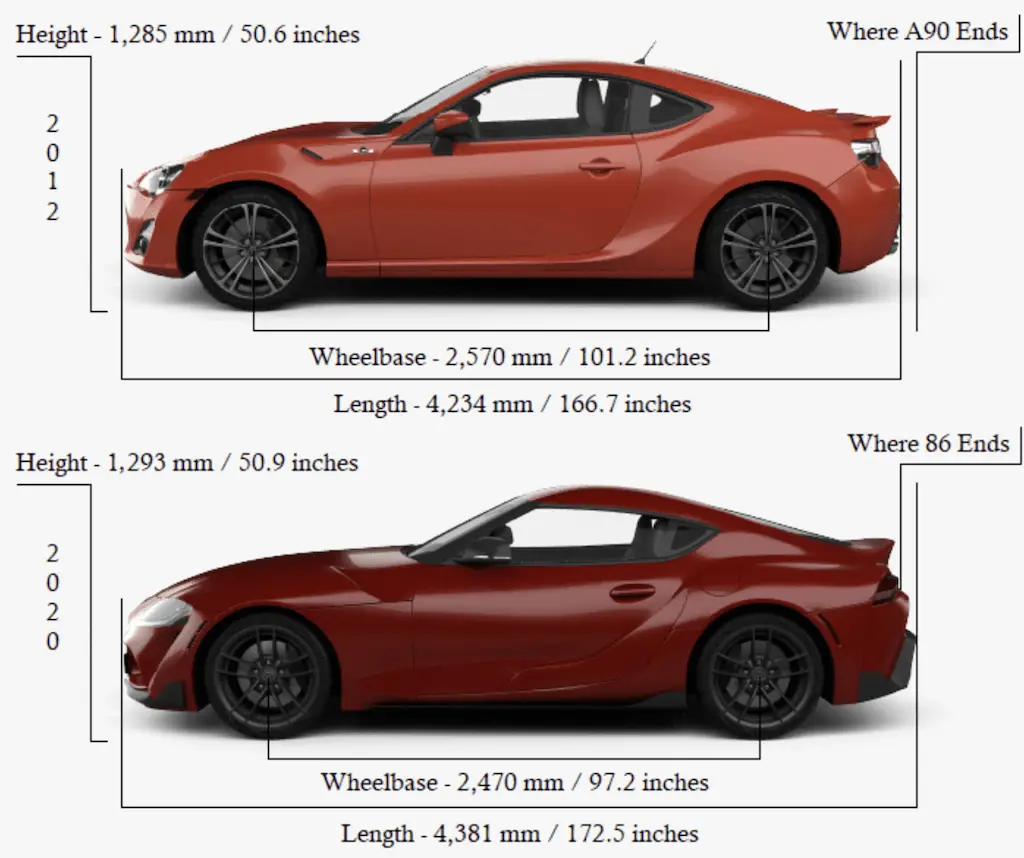
As I mentioned previously, the proportions of the FT-1 had to be altered because the car was being built on the same chassis as the BMW Z4, and thus, was beholden to the Z4’s structural limitations and proportions, resulting in the awkward and bulbous shape that was much more upright than the concept.
This also had the side effect of the Supra, which Toyota was trying to position as a step-up from the 86, having a 10 cm SHORTER WHEELBASE than the current GR86. Even though the Supra’s exterior dimensions are otherwise larger than the GR86, it’s not by much. Height? Less than 2 cm difference. As for the maximum width, length, and ground clearance? All less than 10 cm difference between the Toyota Supra and GR86. But at least it’s bigger on the inside, right?
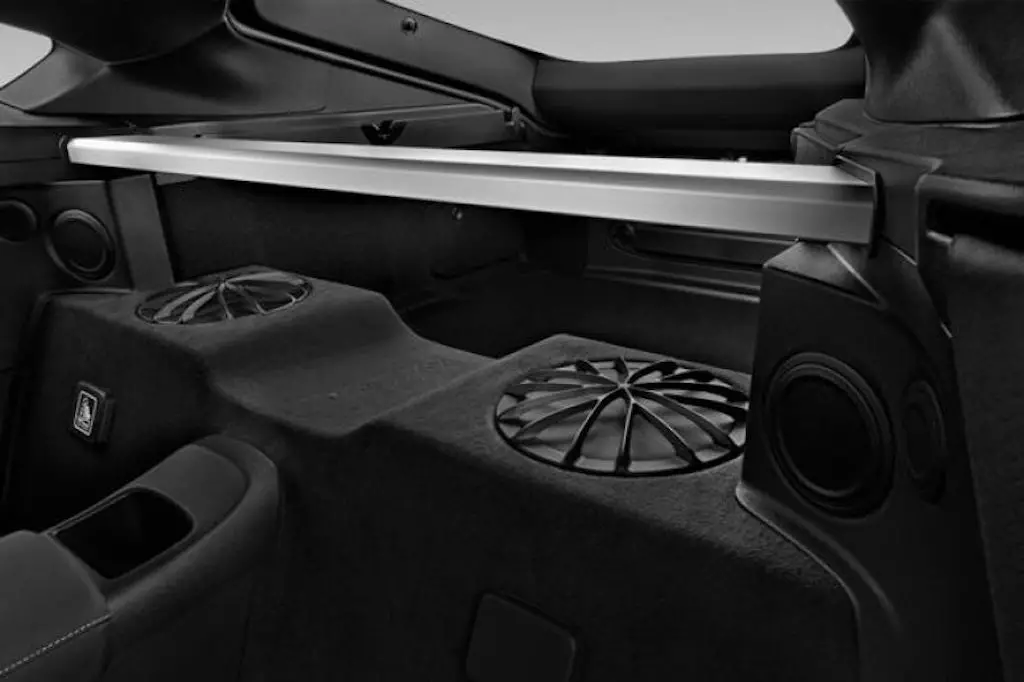
Wrong. The interior of the Toyota Supra is nearly directly comparable in size to the GR86. While there is 3.3 cm more headroom in the Supra than the GR86, all other interior dimensions are 2 cm or less in comparison, with the exception of rear seat room. And that’s only because the Toyota Supra has no rear seats, while the GR86 does!
Mistake #3: The base engine made no sense within Toyota’s internal lineup
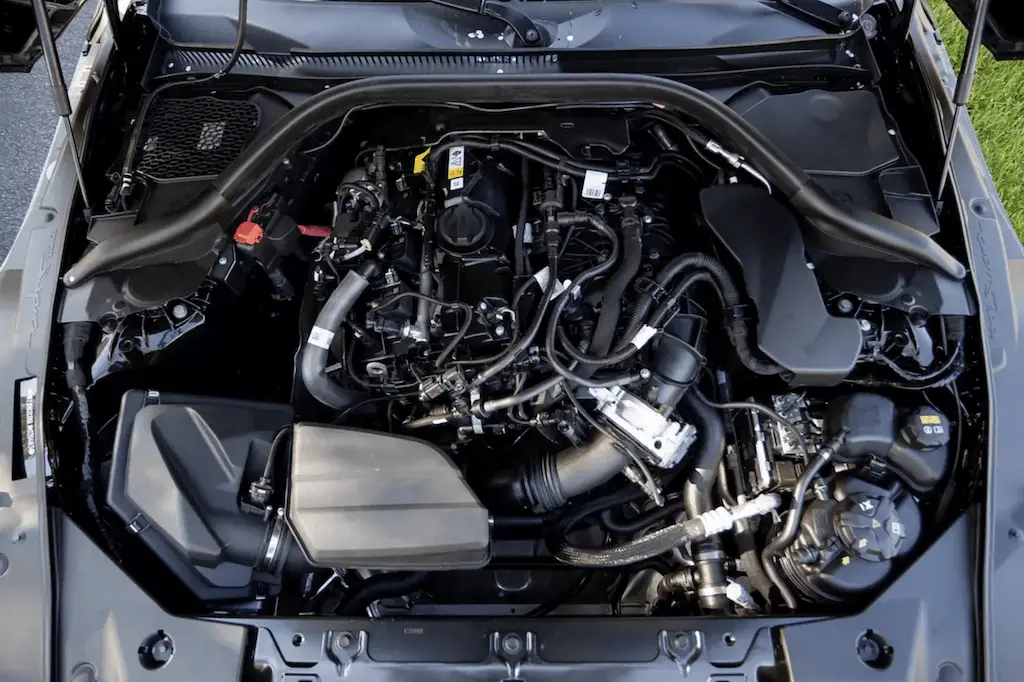
It gets even more confusing when you consider the base engine of the Toyota Supra. While at launch, a 3.0 liter straight 6 was the only choice, for 2021, a BMW 2.0 liter 4 cylinder was added as the base engine. That engine produces 255 horsepower stock, which is only 27 horsepower more than the GR86. That already isn’t a huge difference, but once you add the fact that the GR86 is nearly 200 kilograms LIGHTER than the Supra 2.0, the performance gap between the two is pretty negligible.
And the prices? A base-model GR86 starts at $27,700 USD, and a base-model Supra 2.0 starts at $43,290 USD. That’s not factoring in options, and the GR86 is still more than $15,000 USD CHEAPER than even the cheapest Supra.
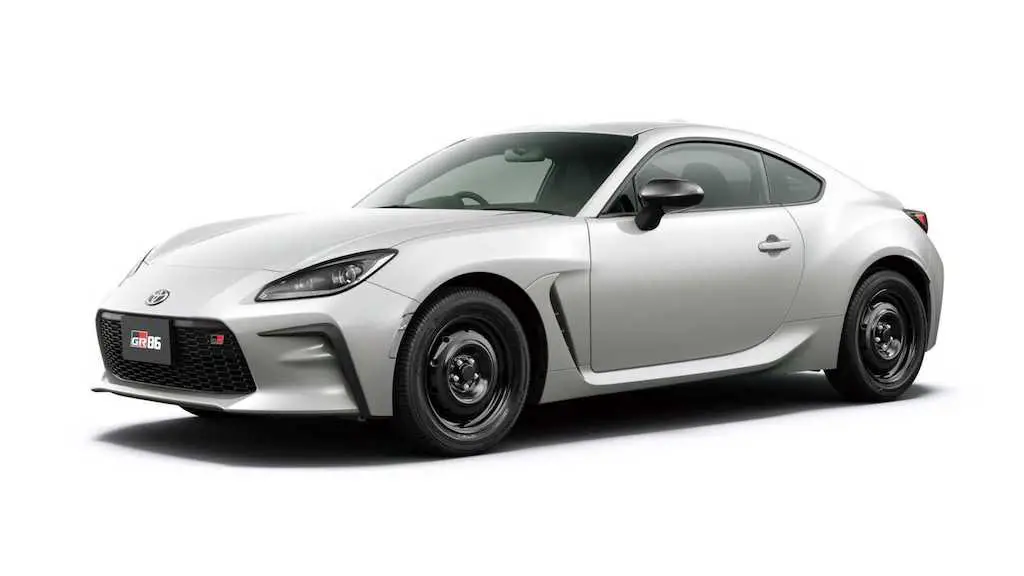
The Toyota GR86 has always been marketed as a modifiable tuner’s car. Getting 30 horsepower extra from the engine? Easy. $1,500-$2,000 USD of bolt-on modifications (a basic ECU tune, a performance intake, and sport exhaust system) are all it takes to make up the power shortfall. Is the Supra worth over $10,000 more than the GR86? In terms of power output per dollar, no, the Toyota Supra 2.0 isn’t worth it at all.
The base 2.0 liter four cylinder also doesn’t make sense being branded as a Supra. The original Toyota Supra of the 1970s was a Toyota Celica that was stretched to fit an inline 6. The Toyota Celica was always the four cylinder car, so wouldn’t it make sense to call the Supra 2.0 “Celica” based on the history?
Mistake #4: The signature straight 6 didn’t hold up against the competition
So the base Toyota Supra 2.0 makes no sense within the lineup, but what about the Toyota Supra 3.0? Is there a problem there? In a vacuum, no problem, as the power of the engine is decent for the chassis, 330 horsepower and 368 ft/lbs of torque. However, the real world isn’t a vacuum, and no matter what marketing may say otherwise, people will always consider certain nameplates and brands in the context of one another, and once that is set, you can’t change people’s minds.
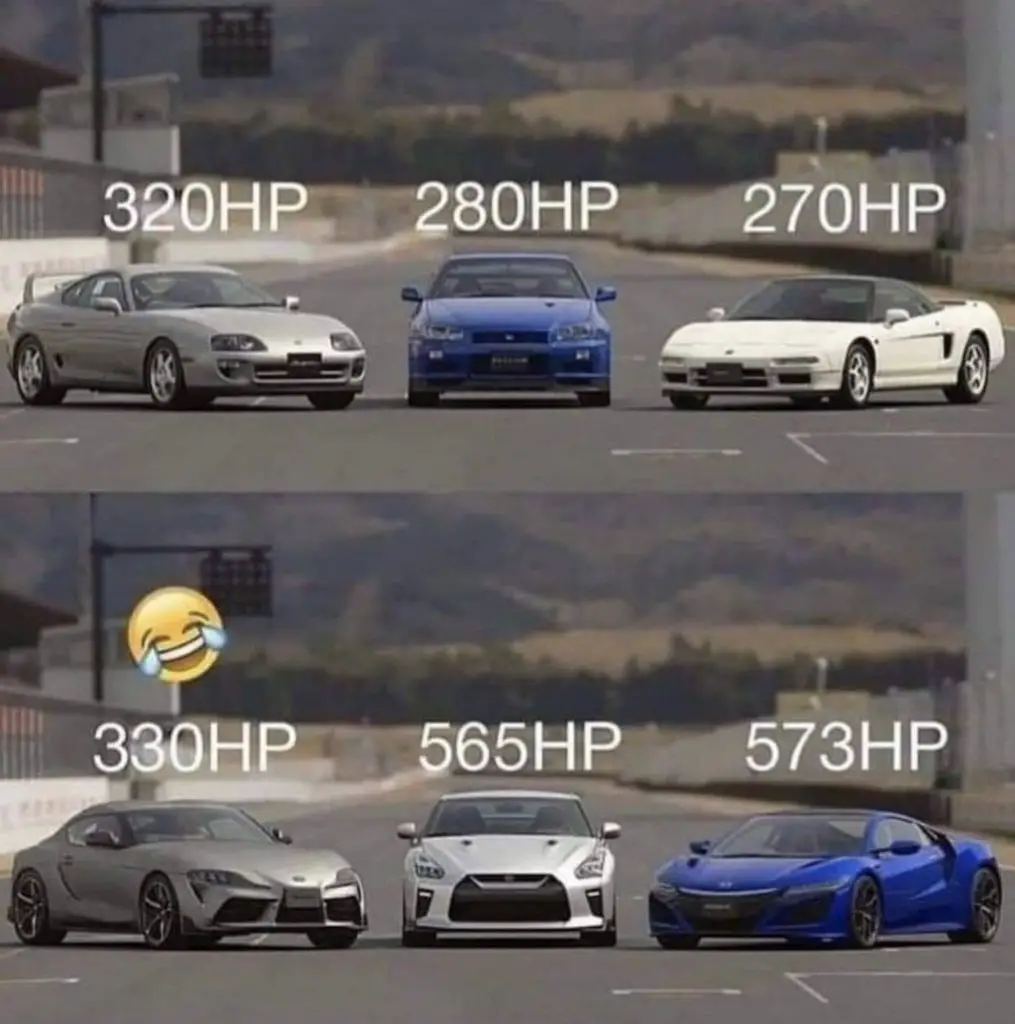
During the 1990s, the Toyota Supra, Honda NSX, and Nissan Skyline GT-R were in a tight race as to which was the best Japanese Sports Car. All were the flagship sports car offerings for their brands, and all offered about 300 horsepower per an infamous Gentleman’s agreement among Japanese manufacturers.
Though the 3 cars were completely different in design philosophy, the comparable power levels and large upgrade potential for them meant they are frequently compared with each other, even today. So even if Toyota wanted the car to be compared to a Porsche Cayman, that was never going to happen. The Supra name will always be compared to the GT-R and NSX because of that historic association of the three. No amount of marketing could ever change that. Calling it something else would’ve made the intended comparison much easier to sell to the public.
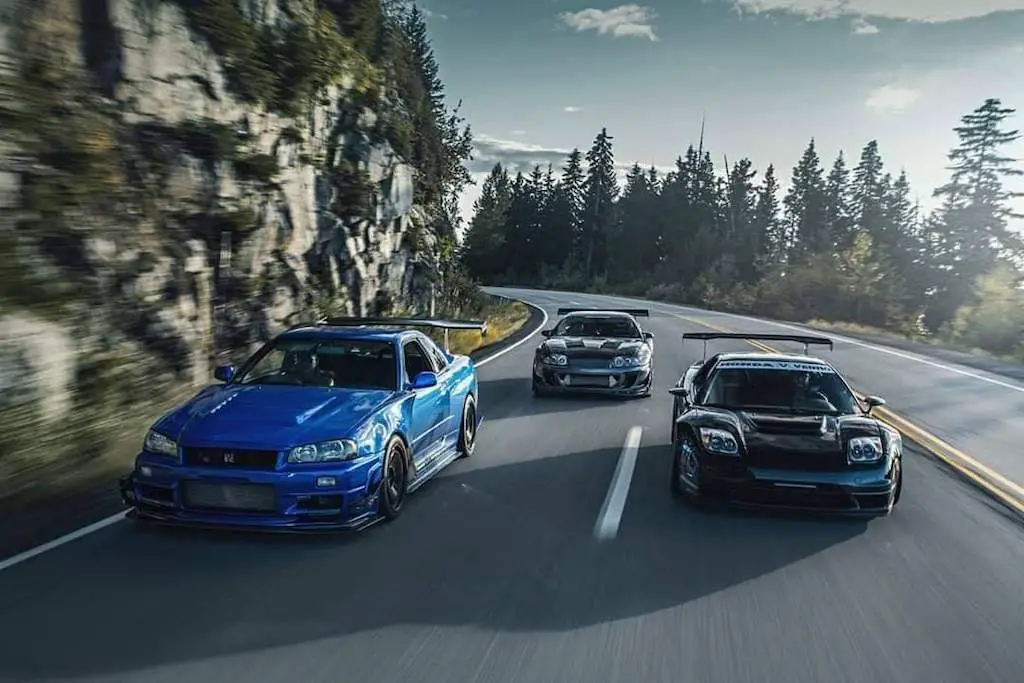
By the late 2010s, both the NSX and GT-R name plates were back in production. The R35, while it made waves when it was new in 2007, was getting long in the tooth by this point, and the NSX was a major FLOP on account of its pricing being too close to the Porsche 911 Turbo.
Both the GT-R and the NSX each produced about 600 horsepower, meaning all Toyota had to do was to churn out a Supra that had a similar price point and comparable performance, and any controversy would’ve been forgiven and swept under the rug, letting Toyota steal all the thunder from its two historic, most commonly associated competitors.
But no. That was obviously too hard. By setting the Porsche Cayman instead of either the Nissan GT-R, or even the Nissan Z as the benchmark, and insisting on using the Supra name, they condemned the car to comparison tests it would always fail. And considering the partnership with BMW was already controversial enough, Toyota’s reborn “Supra” not only was hated by fans for its lack of Toyota DNA, but a hard sell in dealer showrooms next to the GR86. These decisions doomed to be in last place in any comparison tests by virtue of its name, forever making it seem like the worse option in relation to its competition.
Mistake #5: Not utilizing the parts bin to make the car that should’ve existed instead
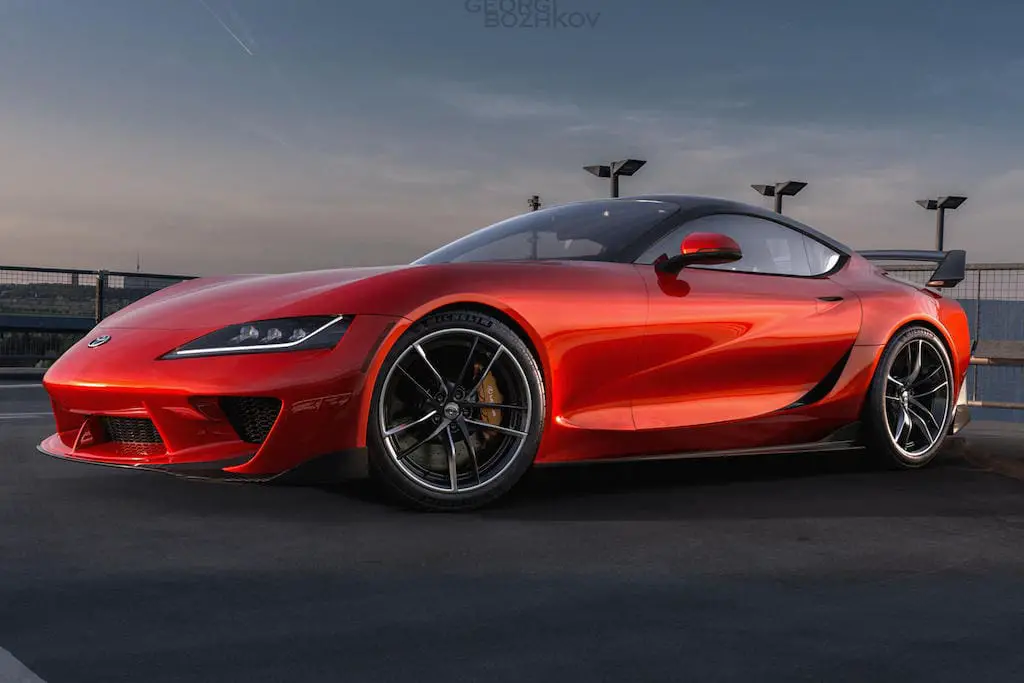
The most disappointing thing about the new Supra for me is knowing that it didn’t have to be this way. Why? Because Toyota already had the ingredients in their parts bin to make a Supra successor without the need to involve BMW!
A rear-wheel drive platform to build the car off of? Toyota has it with the Toyota Mark X platform, but more likely would’ve been recently-launched up-to-date Toyota TNGA-L Platform.
Could it be made into a coupé body shape? The Lexus LC500 shows that it could!
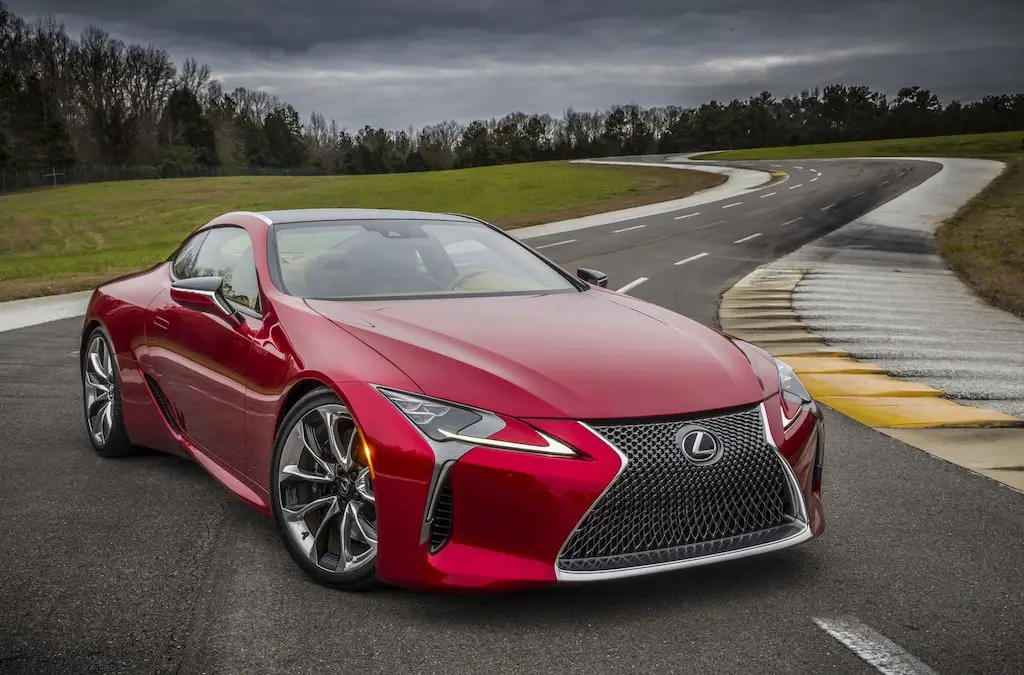
Can it be made to handle well? Yes, as Toyota demonstrated with the limited-run Mark X GRMN.
Manual transmission? Again, the Mark X GRMN came with a Manual.
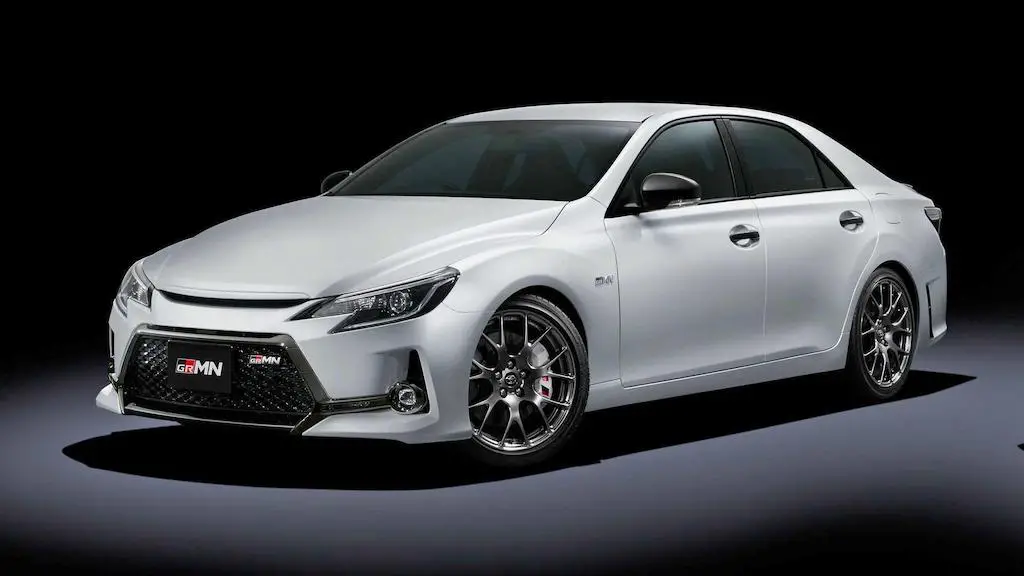
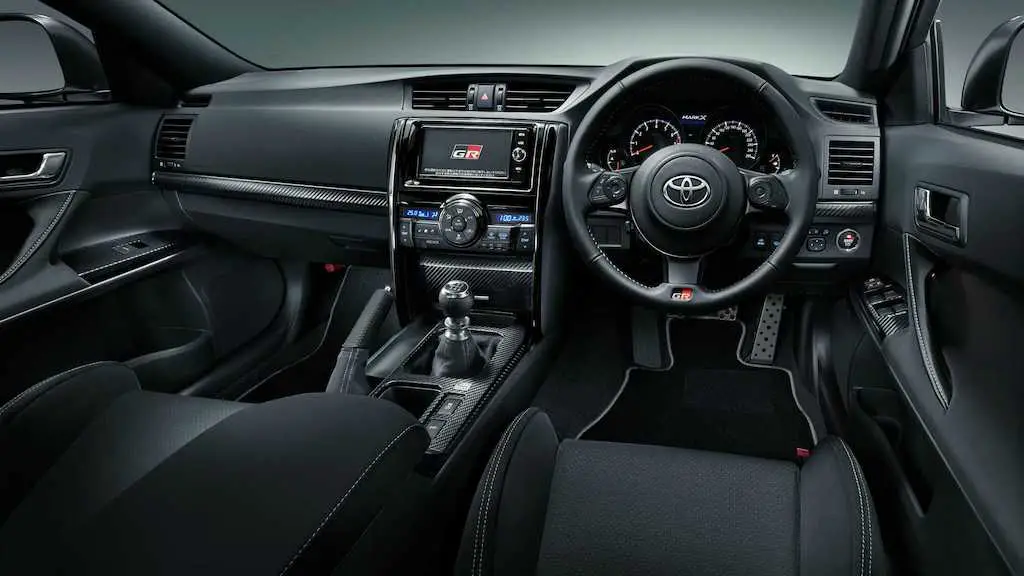
A suitable motor to power the car? A supercharged 2GR-FE V6 comes to mind immediately as a good base engine. The 2GR-FE has already shown its reliability credentials and high power potential, churning out 400 horsepower and 316 ft/lbs of torque in the Lotus Evora 400. I can imagine it being a high-revving car that would compete against the Nissan Z, but with more of the spirit of the Honda S2000 in the powertrain. When Ford put a similarly high revving engine into the Shelby GT350, the people LOVED it. But as a base engine for a Supra at $50-55k? The crowd would LOVE IT!
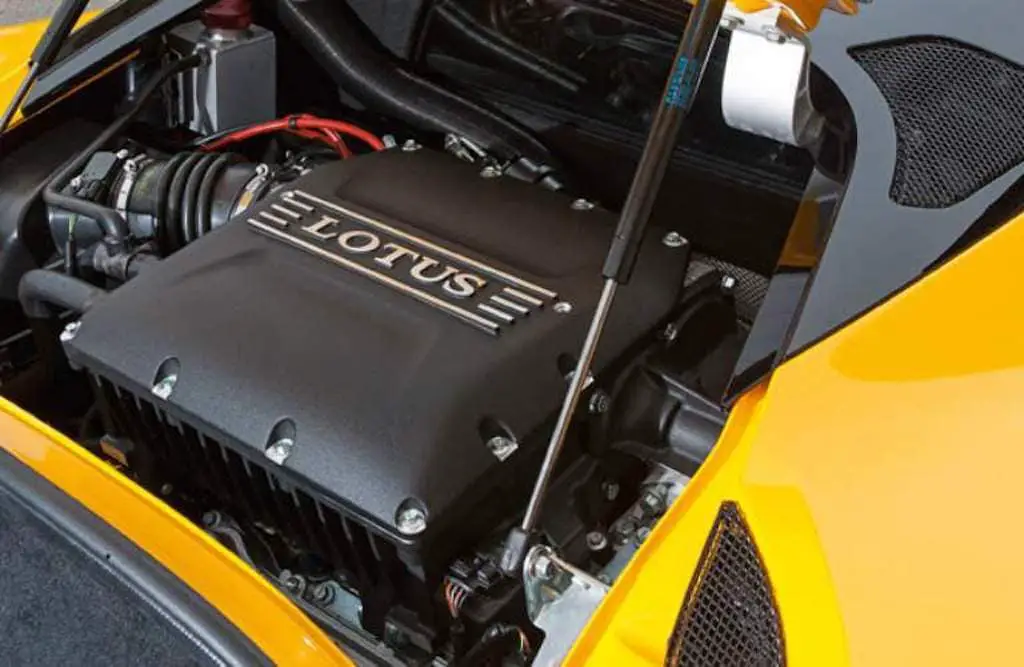
And for the mid range car? The twin-turbo V35A V6 found in the new Toyota Land Cruiser/Lexus LX would do nicely. In that car, the motor churns out 409 horsepower and 479 ft/lbs of torque, but I can imagine in a sports car, that figure would be closer to 450-475 horsepower and 550 ft/lbs of torque. With this motor, I can imagine the car being Toyota’s better-built alternative to the Shelby GT350. At about $65-75k, it would be a proper bruiser to carry on the tradition of the 2JZ Supras of the 1990s, and a car the fans would also adore.
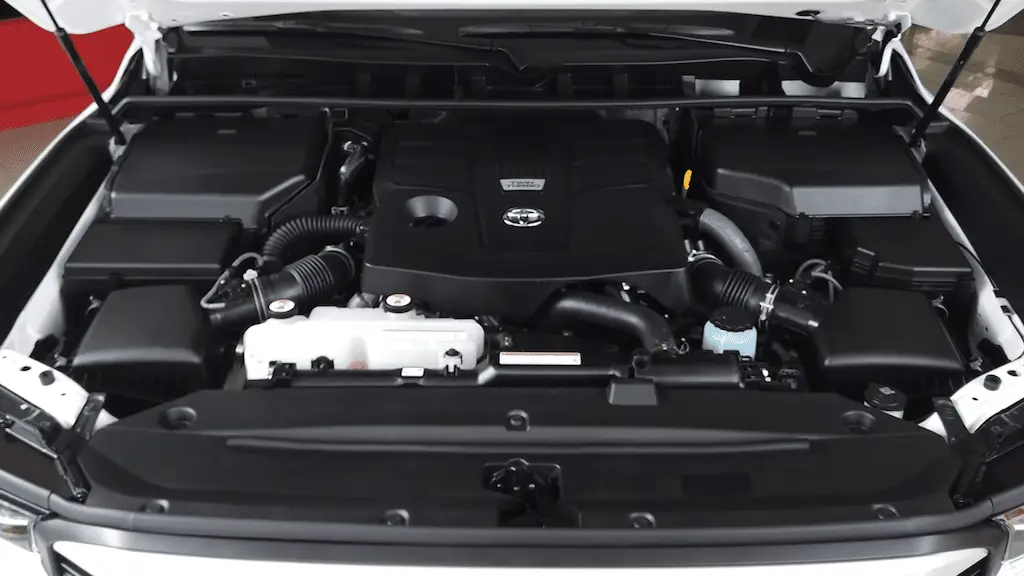
However, at the top end is where things would get interesting. I can imagine a Toyota Supra that incorporated a hybrid powertrain with the V35A engine to showcase the latest hybrid technology; producing about 700 horsepower and 1000 ft/lbs of torque in this trim. And while it may be controversial, I think it would succeed wildly, especially if it was priced around $90-100k. Why? I can imagine it already, it would be referred to as “The poor man’s Porsche 918 Spyder,” offering similar performance to Porsche’s mid 2010s halo car for base Porsche 911 money.
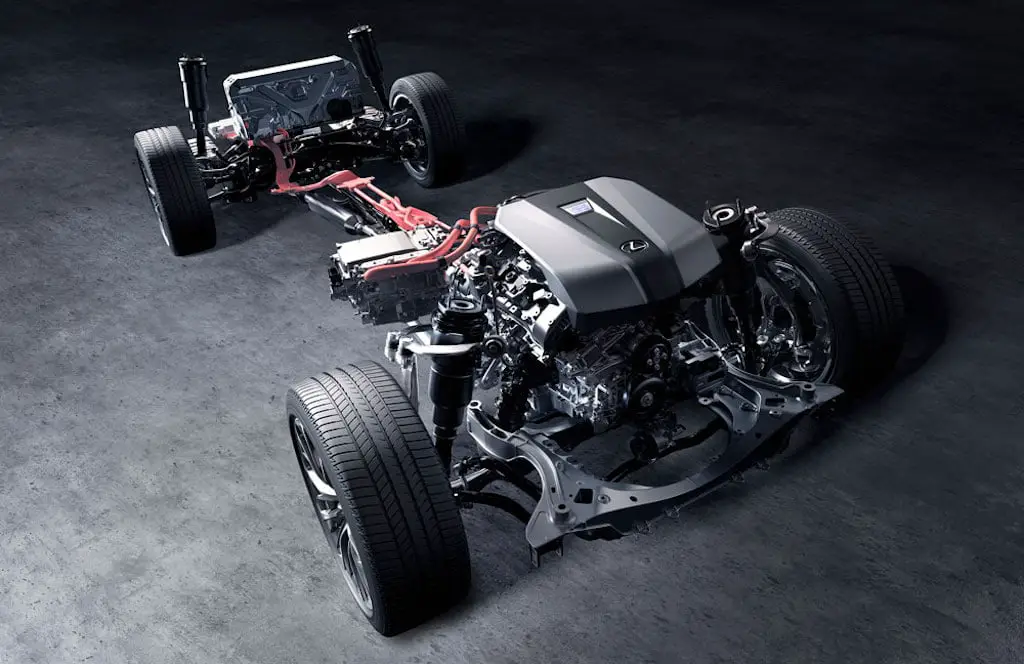
It would take all the hype away from the current performance bargain, the C8 Chevrolet Corvette, and put the press and the fans firmly in Toyota’s camp. It would’ve also undercut the Nissan GT-R and Honda/Acura NSX in terms of price, while besting them in power output. Going any higher in tech and price would mean less a Supra successor, and more a next-generation Lexus LFA
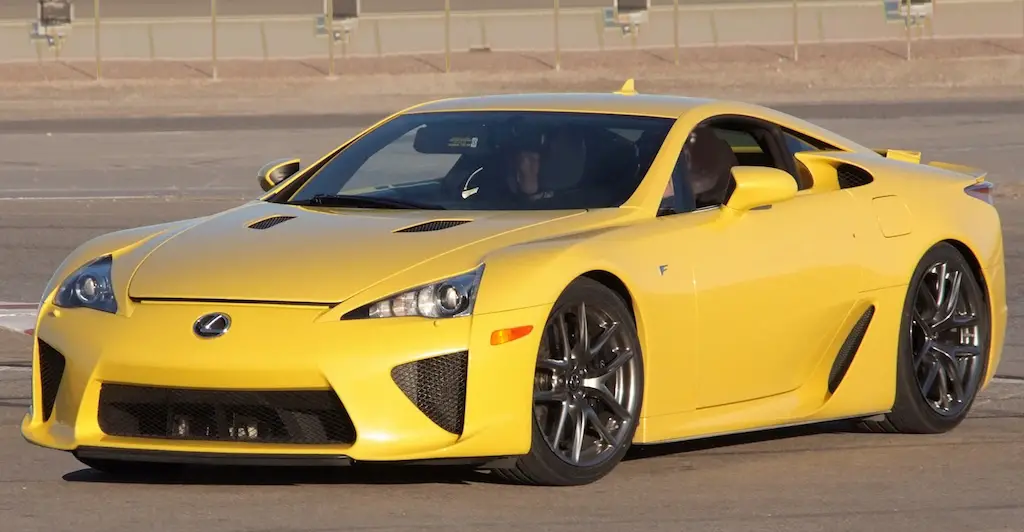
It would’ve WON the comparison tests and made the competitors look years behind.
It would’ve shifted the bar, and gotten the public interested in performance cars again.
It would’ve captured the hearts and minds of multiple generations; fans of the old supra, and young, impressionable car enthusiasts who will want it when they grow up.
And with some retro styling inspired by the JZA80 and JZA70 generations of Toyota Supra, the car would’ve had a smash hit.
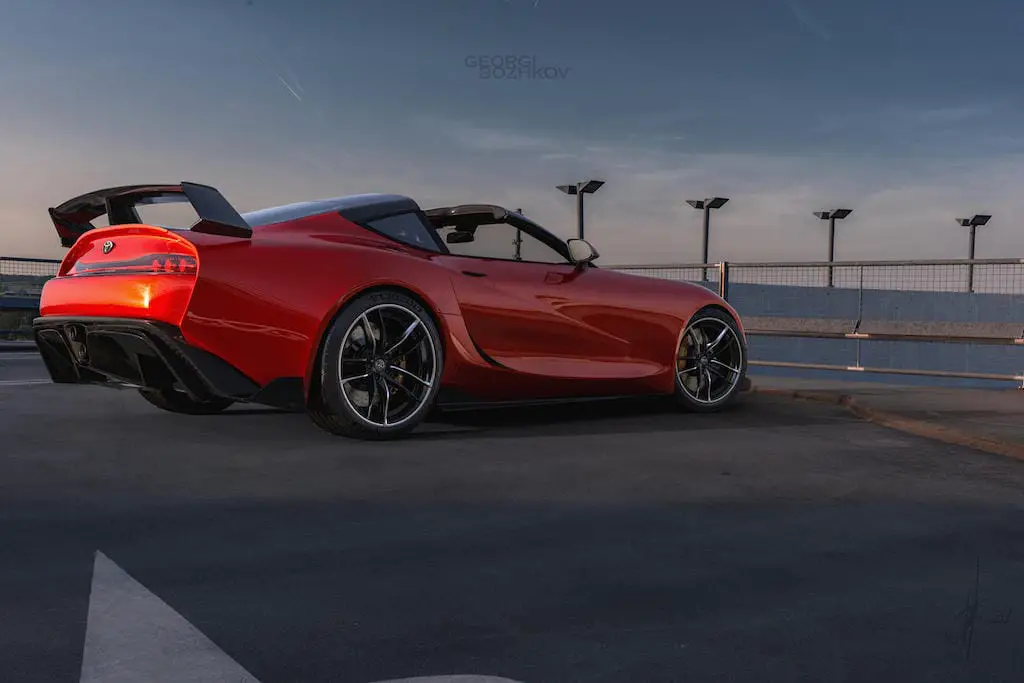
And all it would’ve required is using stuff already in the parts bin that had paid for itself in other models already.
Would it have worked?
But the saddest thing is that financially, it would have worked out even better than the BMW collaboration, and here’s why.
Nissan took the first approach I mentioned previously with the new Z that has just started to hit showrooms at the time of writing.
The chassis? A heavily updated version of the old chassis that has been in production since 2009, and is also shared with both Infiniti’s lineup and the Nissan GT-R.
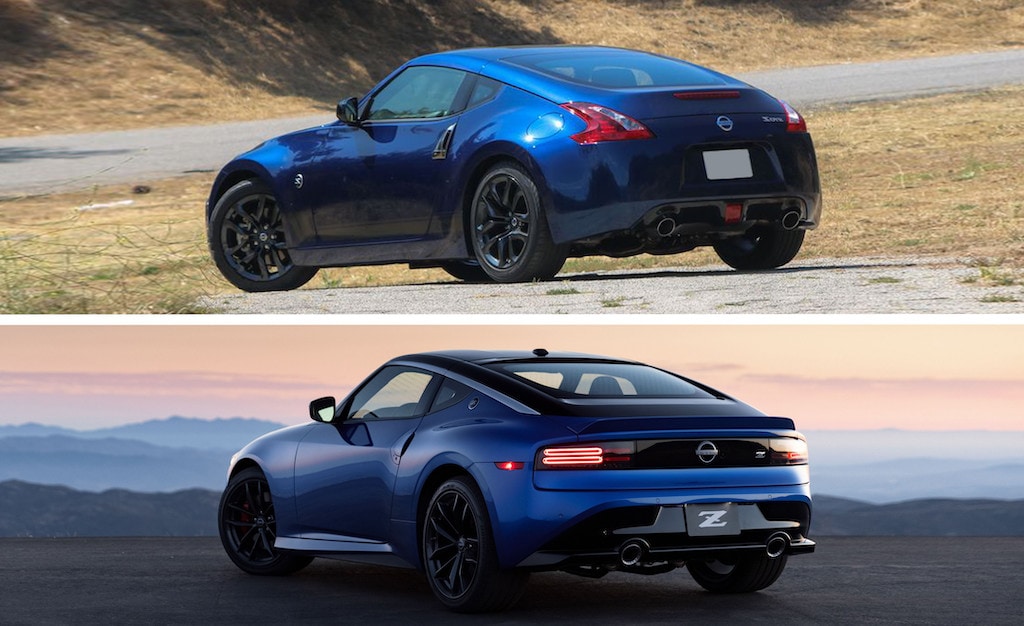
The engine? Identical to that in the Infiniti Q50.
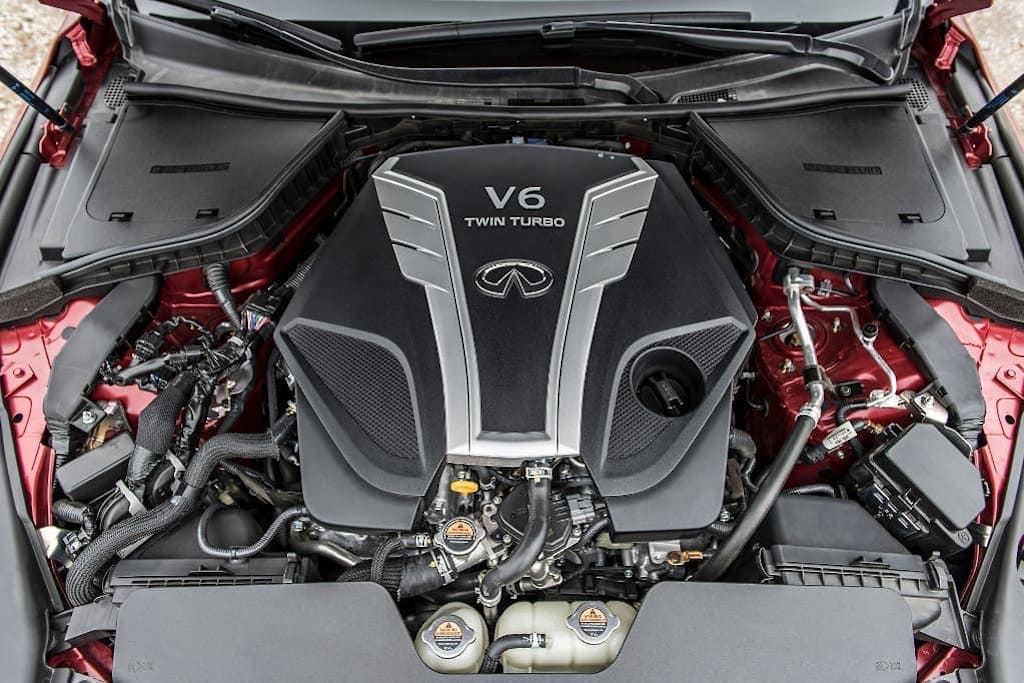
Transmissions? The automatic is the same unit that is found in Nissan’s pickup trucks and Infiniti sedans, and the Manual is the same 6 speed unit that has been in production since the early 2000s, one that is widely regarded as one of the most durable manual transmissions on the market.
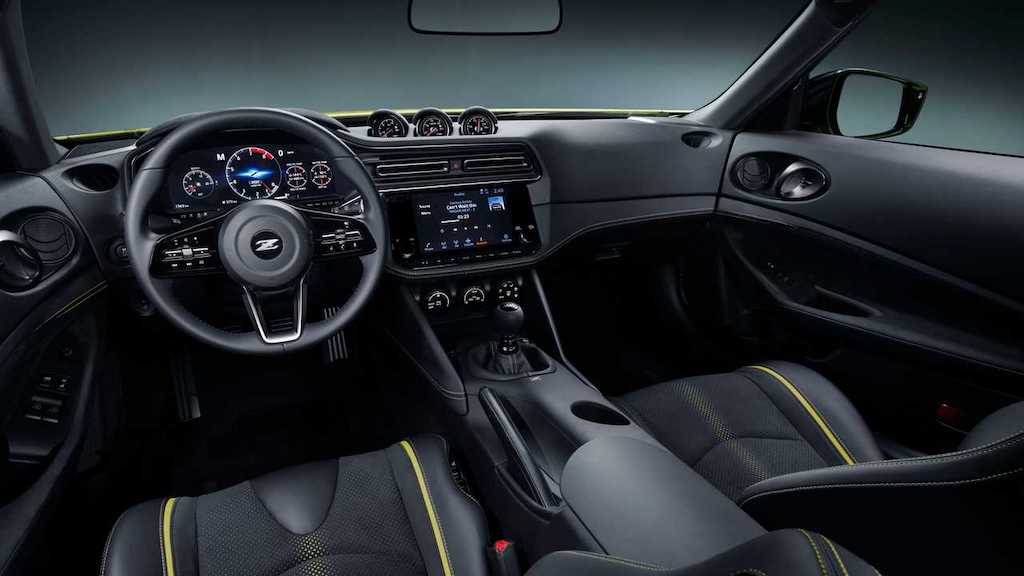
Most of the development costs for the car were put into giving the car a modern interior and updated exterior styling. Given Nissan’s limited resources, this was the right call, as this is the cheapest way to make a car that feels entirely new, but on a more limited budget. Plus, doing this addressed the old car’s biggest weaknesses: an ancient feeling interior, and a dated exterior design was no longer generating interest from customers.
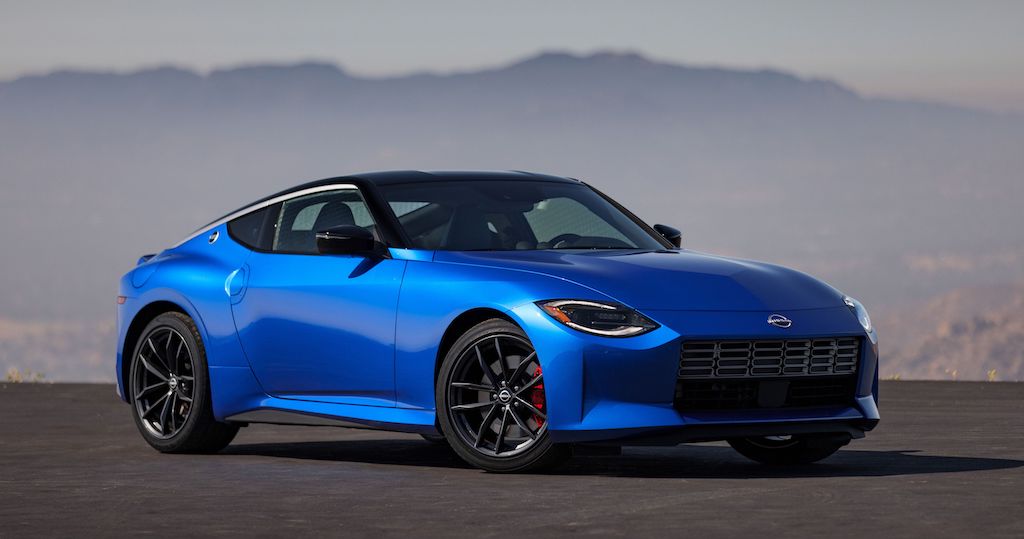
All this means not only will the car just work, but keeping it around costs Nissan nothing, as all components are either shared across multiple models, or have been around for so long, that the specialized tooling investment has already long paid for itself, and additional money is sales are pure profit.
The result? It is one of the most looked-forward to cars for 2022. Even I’m tempted to get one.
And this is coming from Nissan! A company that has faced years of declining sales, 2 decades of declining quality, and a controversial longtime former CEO that famously fled Japan in an instrument case!
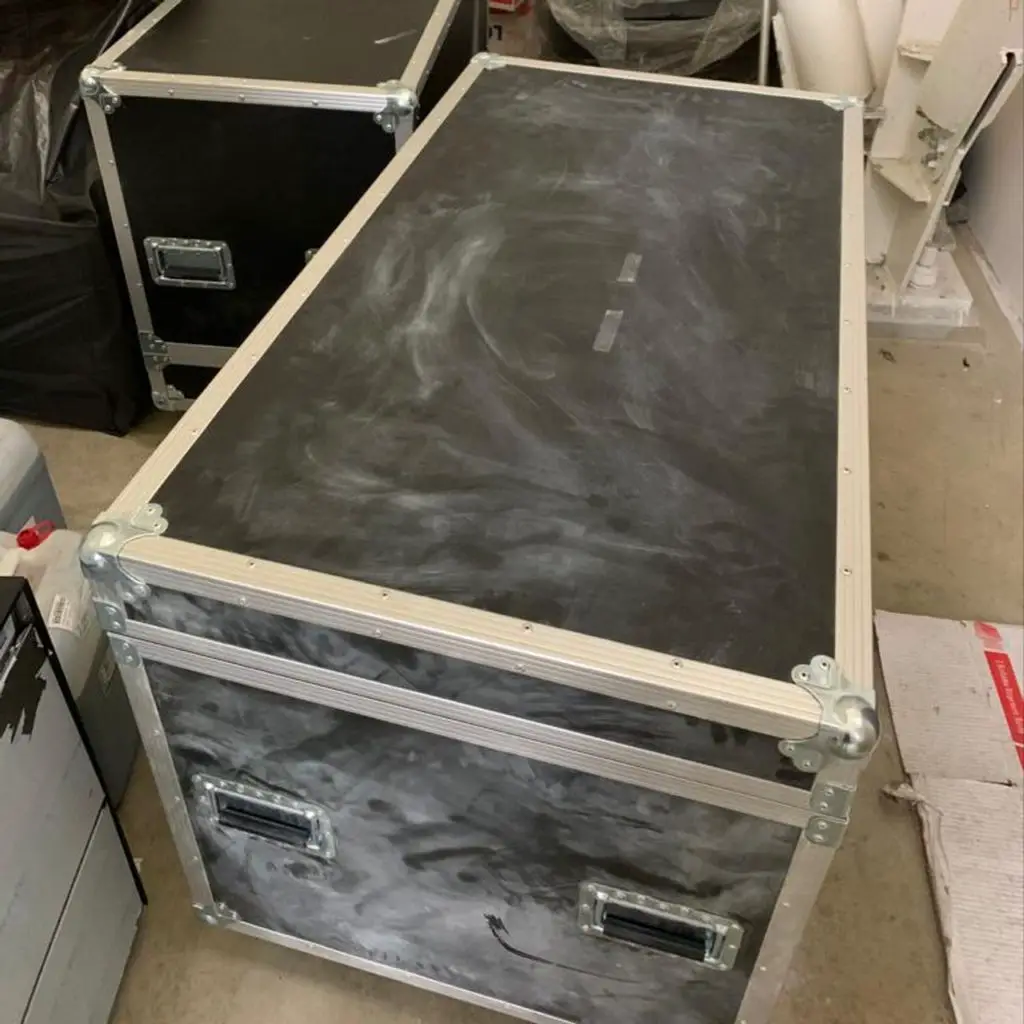
Summary
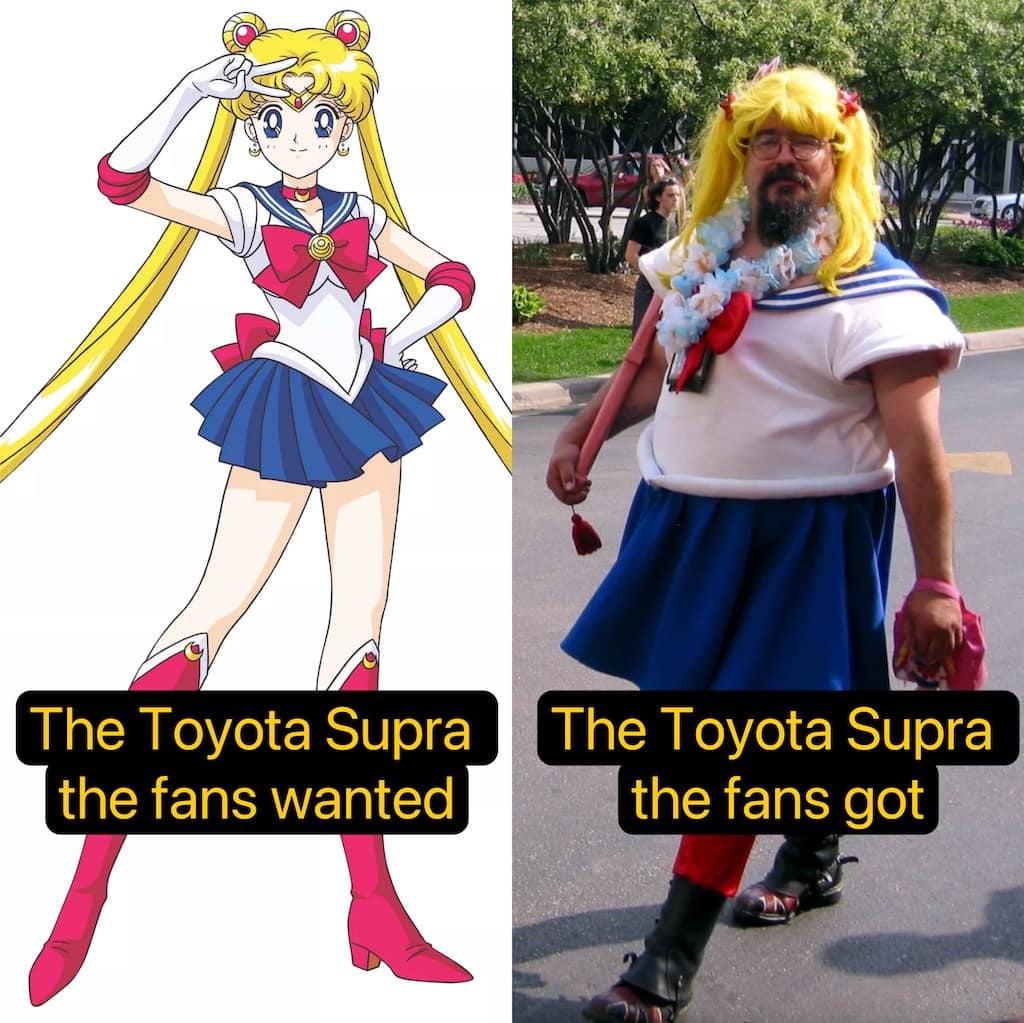
Toyota, what can I say about the new Supra. You got complacent at the top of the sales chart, and you blew it.
By insisting that the Supra must have a straight 6, by your own admission, you made it financially not viable to do it all on your own. So, you hitched your brand’s reputation to a competitor. You gave them a heads you win, tails I lose offer they would have been stupid to refuse.
If the resulting car was bad? Toyota suffers, not BMW. Customers leave, and go buy from another brand. Some of them will inevitably buy a BMW instead. BMW wins.
If the resulting car was good? Fantastic. More units are shipped, and BMW makes more money. BMW wins.
But the second scenario was never going to happen. The fans wanted a TOYOTA sports car. The straight 6 was never the appeal of the JZA80 Supra. Toyota reliability, quality, and indestructibility in a sports car that could be made to go very fast.
Fans didn’t care that the Nissan R35 GT-R had a V6 instead of a straight 6 like the R34 Skyline GT-R, it still was praised for its capabilities. And even if it wasn’t perfect, it was still a true Nissan flagship performance car.
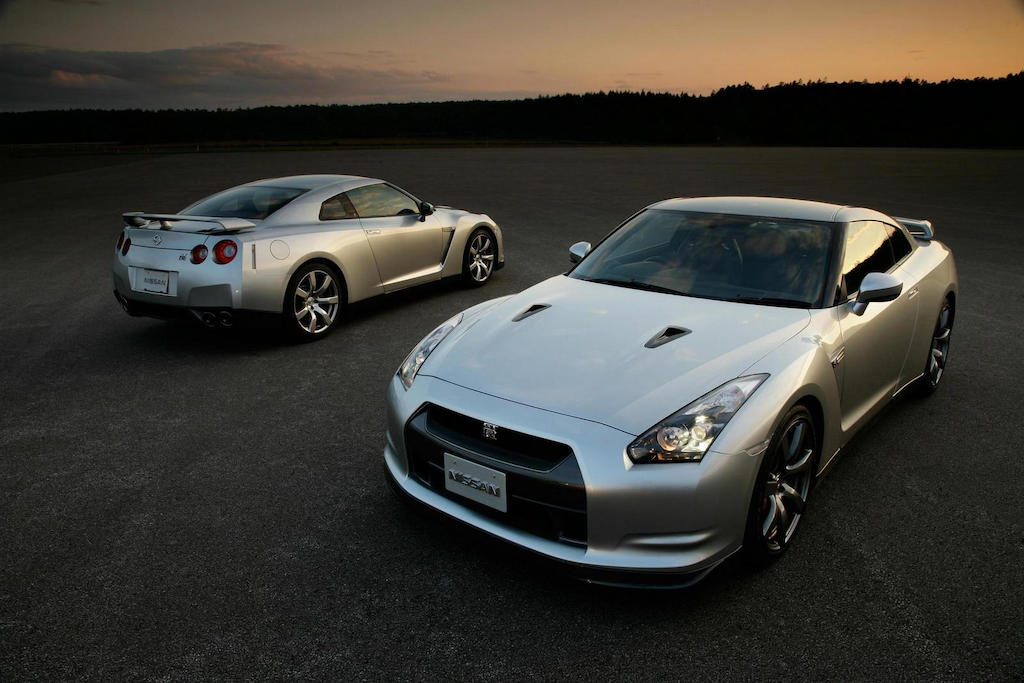
By calling a BMW in cosplay a “Supra,” fans were bound to hate it. To have your competitor build your flagship? Big mistake. BMW, or any competitor, has no incentive to make your brand look good. They want to make themselves look better and sell more of their own cars, build their brand soft power up.

Toyota, there was no reason for this. You had the tools to do something better at hand. You could’ve made it work financially. There was no excuse for this. The Yaris GRMN and Mark X GRMN show you still have it. Give the world the dedicated flagship sports car that truly embodies the excellence of the Toyota Brand.
What do you think. Would you buy a Supra if it took the hypothetical approach I suggested instead? Let me know down in the comments below.
